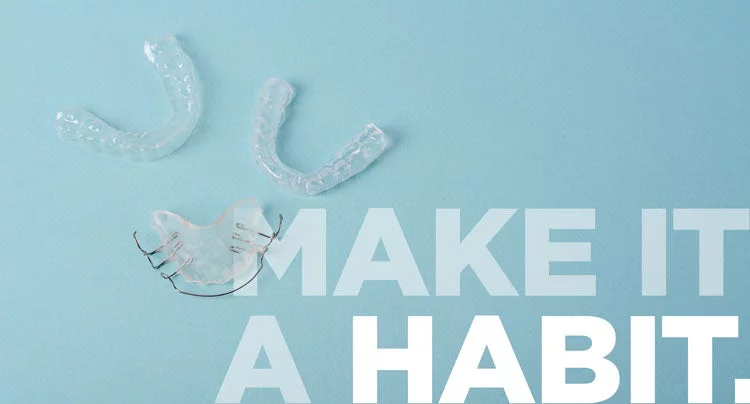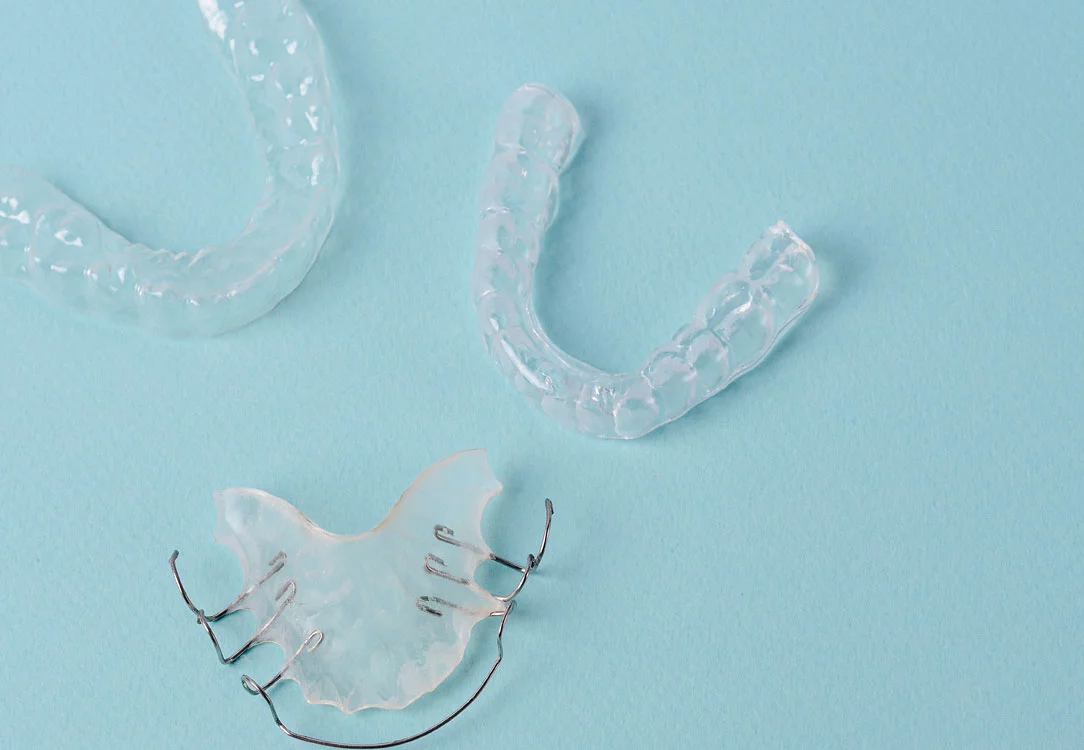Do I Really Need to Wear My Retainer?
Why Should I Wear a Retainer?
Braces are used to move teeth into their ideal positions, but it may take some effort to keep them in place once your orthodontic treatment ends. Not only could the teeth drift back toward their original positions, but they could shift naturally throughout your life. To maintain your results, your orthodontist may recommend wearing a retainer.
Even after your orthodontic results are stable, your orthodontist may recommend continuing to wear a retainer. The daily stresses of biting and chewing, coupled with the natural changes that come with aging, could shift your teeth to new positions over time. Your teeth could also shift positions if you have a habit of clenching and grinding your teeth or if you have certain oral health problems, such as gum disease.
Can I Wear A Retainer While Playing Sports?

What Happens if You Don’t Wear Your Retainer?
Sometimes, the teeth may shift enough that your orthodontist recommends a touch-up treatment. For example, they may suggest a series of clear aligners to move your teeth back into their correct positions. If you get a touch-up treatment, remember to wear your retainer afterward to maintain the results.
Phase One (1) Recommendations
Children can avoid many issues in their mouths by getting treatment for possible tooth placement situations earlier rather than later. A two-phase treatment plan can assist children with jaw development, the avoidance of corrective surgeries or pulling permanent teeth, and intervening in cases of damaging pressure, or abnormal swallowing habits that can move teeth and create potential problems in the future. Phase One begins when a child still has some baby teeth and also has several permanent teeth as well. This first phase of orthodontics is recommended to avoid situations like:
- Crossbites: A crossbite is when one or all of the upper teeth are inside the lower teeth when you bite. A posterior crossbite happens in the back of the mouth while an anterior crossbite happens with the front teeth. Adults are more difficult to treat for crossbites than children, and oral surgery may be the only solution for correction.
- Flaring of upper incisors: This happens when the upper front teeth jut forward, often referred to as bucked teeth.
- Severe crowding: Expansion of the arches or serial extraction of deciduous teeth may be performed at an early age to open spaces for erupting teeth.
Retainer Types and Length of Time for Wearing Them

Removable Retainers
- Wire retainers. These removable retainers are also known as Hawley retainers or traditional retainers. The retainer features a thin, metal wire that runs across the front of your teeth and a plastic or acrylic plate that covers the roof of your mouth. Orthodontists may offer a variety of plate options, from a natural pink that blends in with the inside of your mouth to bold colors and personalized designs.
- Clear retainers. Clear retainers are also called invisible retainers or Essex retainers. They’re made from a clear, plastic-like material that’s molded to fit over your teeth. Since they have no metal wires, they offer a more natural appearance than traditional retainers.
Fixed Retainers
Fixed retainers are also called permanent retainers or bonded retainers. They consist of a thin, custom-fitted wire that’s cemented to the backside of your front teeth. Fixed retainers may be fitted to the upper and/or lower teeth. Since fixed retainers are cemented to your teeth, they may help keep your teeth in their new positions for many years. The lifespan of your retainer could vary based on the type of wire and how well you take care of your teeth. One study found that most fixed retainers remain on the teeth for as long as 10 to 15 years.
Despite their name, permanent retainers may not need to stay in your mouth forever. Your orthodontist may recommend removing the retainer if you’ve worn it long enough for your teeth to remain in their new positions. Other reasons it might need to be removed include:
- Oral hygiene concerns. Some people may find it difficult to brush and floss around the permanent retainer. If your orthodontist notices plaque and tartar building up around your retainer, they may recommend removing it.
- Damage to the retainer. Like your braces, a fixed retainer could break or loosen if you bite or chew sticky or hard foods, such as candy or ice cubes. Over the years, daily wear and tear could also damage the retainer.
- Tooth pain or discomfort. After a successful orthodontic treatment, the teeth generally don’t move or shift enough to cause discomfort. However, if your teeth continue to hurt, your orthodontist may recommend removing the permanent retainer.
If you are in need of a new retainer or are due for a routine check-up, use our Find a Dentist Tool to find a trusted dentist near you.
Find your trusted, local dentist today!
Sources
"4 Reasons You May Have Your Permanent Retainer Removed." Colgate, 1 June 2022, https://www.colgate.com/en-us/oral-health/adult-orthodontics/four-reasons-you-might-need-permanent-retainer-removal
"Treatment of Periodontal Disease." PDS, 2019, https://pds-preview-staging.herokuapp.com/video?id=371
Kocher, Katharina E., Meret C. Gebistorf, Nikolaos Pandis, Piotr S. Fudalej, Christos Katsaros."Survival of Maxillary and Mandibular Bonded Retainers 10 to 15 Years After Orthodontic Treatment: A Retrospective Observational Study." NIH, 22 July 2019, https://www.ncbi.nlm.nih.gov/pmc/articles/PMC6643008/
"Metal Braces." Smile Generation, 1 June 2022, https://www.smilegeneration.com/dental-services/orthodontics/metal-braces/
"My Retainer Feel Tight. Can I Still Wear It?" AAO, 6 Apr. 2021, https://www3.aaoinfo.org/blog/my-retainer-feels-tight-can-i-still-wear-it/
"Oral Hygiene For Braces." PDS, 2019, https://pds-preview-staging.herokuapp.com/video?id=397
"Post Treatment." AAO, 1 June 2022, https://www3.aaoinfo.org/blog/parent-s-guide-post/post-treatment/
"6 Facts About Two-Phase Treatment Orthodontic Parents Should Know." AAO, 7 Mar. 2019, https://www.aaoinfo.org/blog/6-facts-about-two-phase-treatment/
"What Are Clear/Invisible Aligners and Why Get Them?" Smile Generation, 1 June 2022, https://www.smilegeneration.com/dental-services/orthodontics/clear-aligners/
"Why Does Teeth Shifting Happen?" Colgate, 1 June 2022, https://www.colgate.com/en-us/oral-health/adult-orthodontics/why-does-teeth-shifting-happen?
Smile Generation blog articles are reviewed by a licensed dental professional before publishing. However, we present this information for educational purposes only with the intent to promote readers’ understanding of oral health and oral healthcare treatment options and technology. We do not intend for our blog content to substitute for professional dental care and clinical advice, diagnosis, or treatment planning provided by a licensed dental professional. Smile Generation always recommends seeking the advice of a dentist, physician, or other licensed healthcare professional for a dental or medical condition or treatment.








